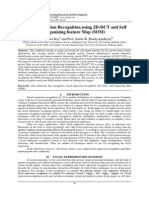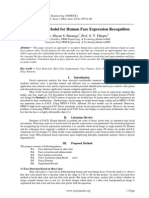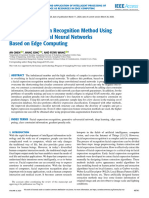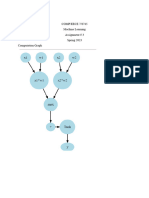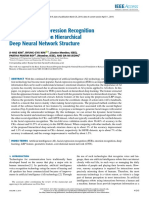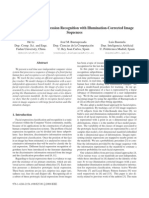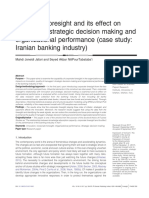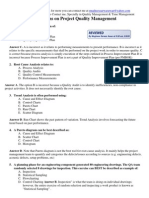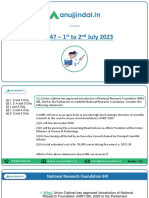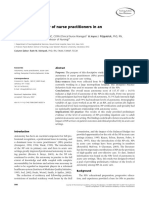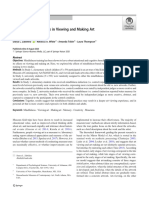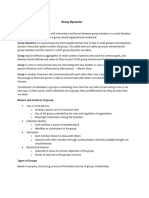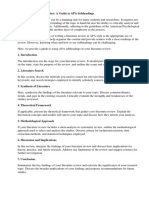0% found this document useful (0 votes)
20 views19 pagesGcapsnet: Multi-Feature Aware Pose and Geometry Based Facial Expression Recognition Using Deep Learning
Uploaded by
Anshika ModiCopyright
© © All Rights Reserved
We take content rights seriously. If you suspect this is your content, claim it here.
Available Formats
Download as DOCX, PDF, TXT or read online on Scribd
0% found this document useful (0 votes)
20 views19 pagesGcapsnet: Multi-Feature Aware Pose and Geometry Based Facial Expression Recognition Using Deep Learning
Uploaded by
Anshika ModiCopyright
© © All Rights Reserved
We take content rights seriously. If you suspect this is your content, claim it here.
Available Formats
Download as DOCX, PDF, TXT or read online on Scribd
/ 19






























